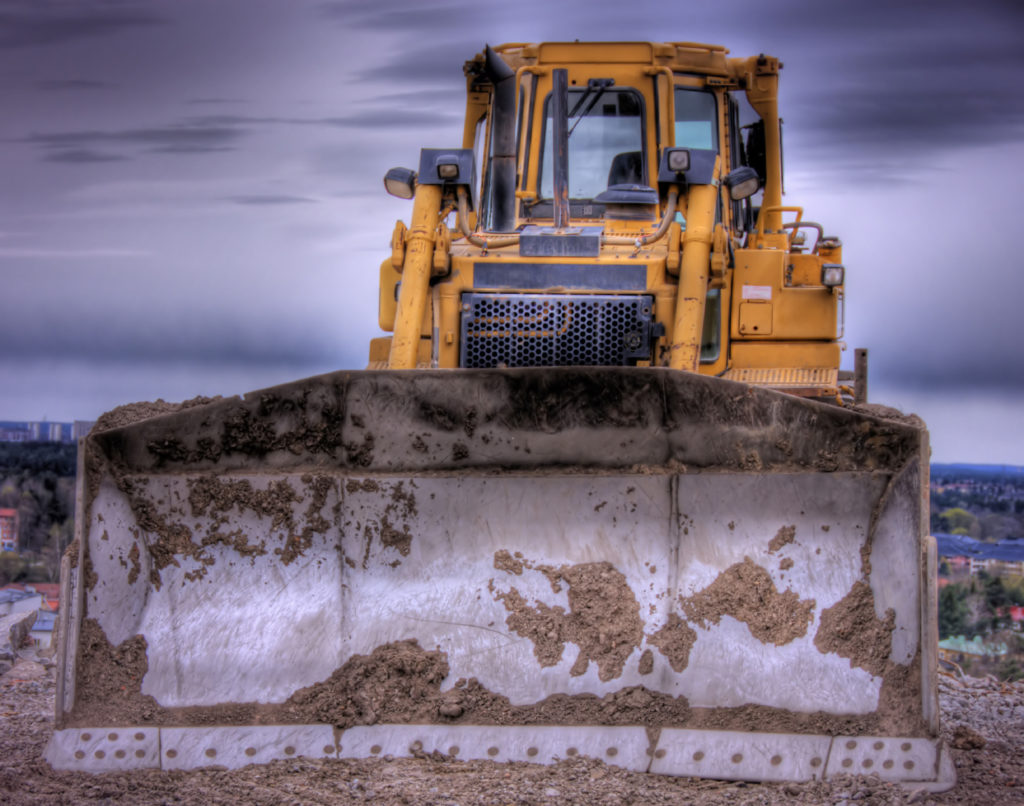The nation’s largest developer of post-acute, transitional care facilities is set to solidify and strengthen its position with a five-year $5 billion development pipeline and a strategy that could lead to another massive deal like last year’s HealthLease sale.
Indiana-based Mainstreet has an “identified pipeline” to develop $1 billion in properties each year over the next five years, Executive Vice President of Investments Scott White said Wednesday at the Canadian Senior Housing Symposium in Toronto.
That represents about 50 new developments each year of its signature offering — $17 million to $20 million facilities of about 100 beds, specializing in post-acute, transitional care, White told SHN.
Currently, Mainstreet has roughly 30 properties in various stages of development in markets throughout the country, he said. After doing roughly 20 developments in 2014, the company probably will post 40 new developments total this year and then ramp up to about 50 starting next year.
Mainstreet raised more than $200 million from private investors in its private equity fund last year, and this is the main source of capital for the pipeline, White said. The “next iteration” in terms of where Mainstreet will source its capital is to be determined.
“We think there’s consumer and operator demand, and we’re building our business quickly to meet that need,” White said.
That business is built around a relatively new property type pioneered by the developer: a luxury post-acute care model that provides skilled nursing services in a resort-like setting. Its unit mix is about 70 post-acute beds to 30 assisted living for its Next Generation communities, which is the opposite of the mix typically seen in traditional skilled nursing facilities, where long-term care dominates.
Mainstreet has earned a name for itself with this type of offering, and other major players in the post-acute and senior housing sector have looked to become involved in this model — including the largest U.S. senior living real estate owner, Health Care REIT (NYSE: HCN).
Some of the assets that Mainstreet develops could end up being part of a vehicle similar to HealthLease Properties, White said. HealthLease was the homegrown real estate investment trust (REIT) that Mainstreet took public in 2012 and sold to HCN for nearly a billion dollars last year.
A second version of HealthLease could take shape because of Mainstreet’s position in the market. As a huge developer, it has strong relationships and routine contact with many of the most prominent operators, REITs and financing entities in the senior housing sector, and also is sought out by other developers, including organizations building smaller assets such as memory care or other senior living communities.
“Where we sit in the senior housing ecosystem gives us insight and opportunity to both create and execute on deals that others can’t and won’t be able to do,” White said.
Specifically, Mainstreet can pursue acquisitions involving smaller assets that aren’t pursued by the large REITs and other buyers. Currently, Mainstreet has a pipeline of roughly a few hundred million dollars worth of these smaller transactions, White estimated.
“What we will do at some point in time is have a vehicle to start aggregating these individual assets, as well as assets we develop,” he said. “We won’t develop in the vehicle, but we may develop with private money and then sell [the completed developments] into the vehicle. That’s what we did with HealthLease.”
The profile of assets in this vehicle might end up being similar to those in the HealthLease deal — in which the average age of facilities was less than five years.
That “pristine” portfolio was very attractive, and was something that only Mainstreet could have put together, the company says, pointing to the combination of its unique insight into the smaller deal opportunities and its ability to vend-in its own highly regarded properties. This led to a handsome premium on the sale, with original unit-holders in the HealthLease properties earning a 67% return, White noted.
Mainstreet still is in the process of considering its options, and it remains to be seen what form the vehicle takes. There also is no timeline or particular threshold that Mainstreet is aiming for in terms of ultimately seeking a buyer for the vehicle — and in fact it is not even committed to selling at all. The vehicle could remain a long-term, reliable, cash-generating asset, which was the original intention for HealthLease, said White.
Ultimately, market forces made it clear that selling HealthLease was called for, and even if Mainstreet does not end up replicating that deal, it’s at least putting the right pieces in place.
“It was a good deal for unit holder, a good deal for Health Care REIT, a good deal for Mainstreet,” White said. “That’s why we’re thinking of doing it again.”
Written by Tim Mullaney


